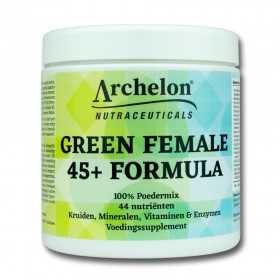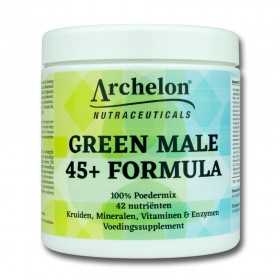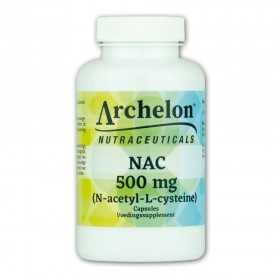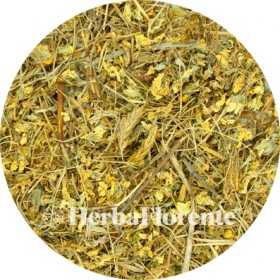U, V, W, X, Y, Z
There are 4 products.
Blue Berrie - Vaccinium mytrillus, Frucus myrtilli
The blueberry (Vaccinium myrtillus) is not only nutritious, but also extremely popular. These berries are extremely low in calories and are often labeled as a superfood. Although low in calories, blueberries are packed with beneficial nutrients, including antioxidants like flavonoids and anthocyanins.
Additionally, they contain a wide range of other compounds, including folic acid, vitamins A and C, carotenoids, ellagic acid and fiber. The specific anthocyanins in blueberries contribute to normal eye function and provide support to the heart and blood vessels.
Additionally, they contain a wide range of other compounds, including folic acid, vitamins A and C, carotenoids, ellagic acid and fiber. The specific anthocyanins in blueberries contribute to normal eye function and provide support to the heart and blood vessels.
€8.20
From: €8.20
Monk's Pepper - Vitex agnus castus
Monk's pepper (Vitex agnus castus L.) grows naturally in countries around the Mediterranean. It is known as monk's pepper or chaste tree berries and is prized as a spice in this region.
Monks who had taken a vow of chastity once used this herb to suppress their physical desires, due to its supposed dampening effect on libido. This explains the Dutch name monk's pepper.
Nowadays, Vitex agnus is especially popular among women who want to support their hormonal system around menstruation or menopause. It can relieve discomfort during menstruation and also helps with menopausal symptoms such as hot flashes, mood swings and irritability. Moreover, vitex agnus contributes to a good mental balance.
Monks who had taken a vow of chastity once used this herb to suppress their physical desires, due to its supposed dampening effect on libido. This explains the Dutch name monk's pepper.
Nowadays, Vitex agnus is especially popular among women who want to support their hormonal system around menstruation or menopause. It can relieve discomfort during menstruation and also helps with menopausal symptoms such as hot flashes, mood swings and irritability. Moreover, vitex agnus contributes to a good mental balance.
€2.00
From: €2.00
Mullein - Verbascum thapsus
The mullein (Verbascum thapsus) is a member of the marram family (Scrophulariaceae) and mainly thrives in dune and chalk areas, where it is quite common. This plant is rare to find elsewhere in the Netherlands.
The flowers of the mullein are yellow and have a diameter of 1.5–3 cm. They consist of five connate petals, five sepals and five stamens, three of which are covered with yellow or white hairs. The flowers grow in dense spikes and bloom from July to autumn. An adult plant can reach a height of more than two meters.
The flowers of the mullein are yellow and have a diameter of 1.5–3 cm. They consist of five connate petals, five sepals and five stamens, three of which are covered with yellow or white hairs. The flowers grow in dense spikes and bloom from July to autumn. An adult plant can reach a height of more than two meters.
€5.00
From: €5.00
Pansy, Herb trinit (Flower) - Viola tricolor
Out-of-Stock
The pansy (Viola tricolor) belongs to the violet family (Violaceae) and is native to Europe, from Lapland to the Mediterranean, and even in Siberia.
This plant, which is an annual but can sometimes be perennial, grows to a height of 30 cm and has roots that can go up to 45 cm deep. The flowering period extends from May to October. The flowers are at least 1 cm wide, but usually larger, with an average diameter of 1.5 cm.
The pansy was first described as a medicinal herb by Rembert Dodoens in 1554. It was traditionally used for childhood diseases and respiratory diseases. In England it was popular for treating heart disease, chest cramps and pleurisy
This plant, which is an annual but can sometimes be perennial, grows to a height of 30 cm and has roots that can go up to 45 cm deep. The flowering period extends from May to October. The flowers are at least 1 cm wide, but usually larger, with an average diameter of 1.5 cm.
The pansy was first described as a medicinal herb by Rembert Dodoens in 1554. It was traditionally used for childhood diseases and respiratory diseases. In England it was popular for treating heart disease, chest cramps and pleurisy
€7.00
From: €7.00



















